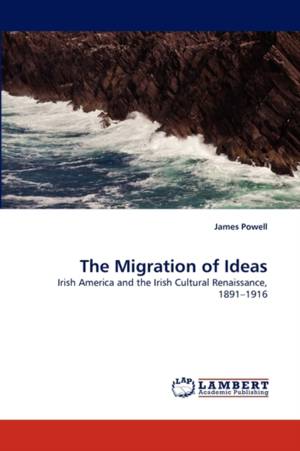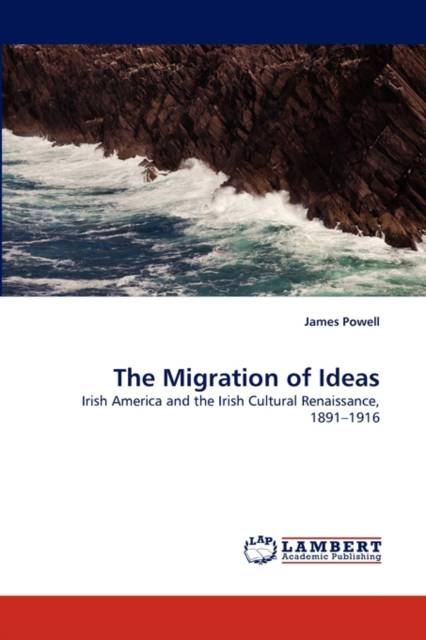
Door een staking bij bpost kan je online bestelling op dit moment iets langer onderweg zijn dan voorzien. Dringend iets nodig? Onze winkels ontvangen jou met open armen!
- Afhalen na 1 uur in een winkel met voorraad
- Gratis thuislevering in België vanaf € 30
- Ruim aanbod met 7 miljoen producten
Door een staking bij bpost kan je online bestelling op dit moment iets langer onderweg zijn dan voorzien. Dringend iets nodig? Onze winkels ontvangen jou met open armen!
- Afhalen na 1 uur in een winkel met voorraad
- Gratis thuislevering in België vanaf € 30
- Ruim aanbod met 7 miljoen producten
Zoeken
The Migration of Ideas
Irish America and the Irish Cultural Renaissance, 1891 1916
James Powell
Paperback | Engels
€ 77,95
+ 155 punten
Omschrijving
By the end of the nineteenth century, Ireland, as the result of mass emigration, particularly to the United States, had come to mean more than just the island itself. This reality has been acknowledged by recent scholarship; however, the transnational dimensions of Irish culture and identity, particularly during the self-reflective years of the Irish renaissance, have yet to be adequately documented and dissected. This monograph rectifies this by examining how, why and with what consequences Irish cultural ideas were exported, particularly through the vector of lecture-tours, to the United States in the years between 1891 and 1916. In tracking the evolution in how these ideas were presented, and in how they, and their proponents, were received, many facets of both Irish and Irish-American self-conceptualization in this pivotal era are revealed. Yet, this work, ultimately, has an appeal and a scope that stretches beyond ethnicity; it further illuminates the dynamics that underpinned the formation of both the Irish and the American nations, as well as bearing witness to the lives, and narrating the stories, of a host of fascinating individuals who contributed to these gradual births.
Specificaties
Betrokkenen
- Auteur(s):
- Uitgeverij:
Inhoud
- Aantal bladzijden:
- 284
- Taal:
- Engels
Eigenschappen
- Productcode (EAN):
- 9783838377162
- Verschijningsdatum:
- 8/07/2010
- Uitvoering:
- Paperback
- Formaat:
- Trade paperback (VS)
- Afmetingen:
- 152 mm x 229 mm
- Gewicht:
- 417 g

Alleen bij Standaard Boekhandel
+ 155 punten op je klantenkaart van Standaard Boekhandel
Beoordelingen
We publiceren alleen reviews die voldoen aan de voorwaarden voor reviews. Bekijk onze voorwaarden voor reviews.











